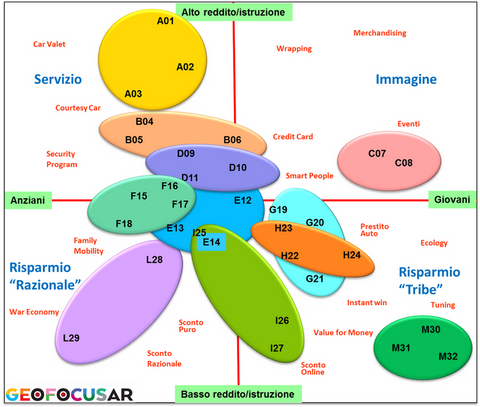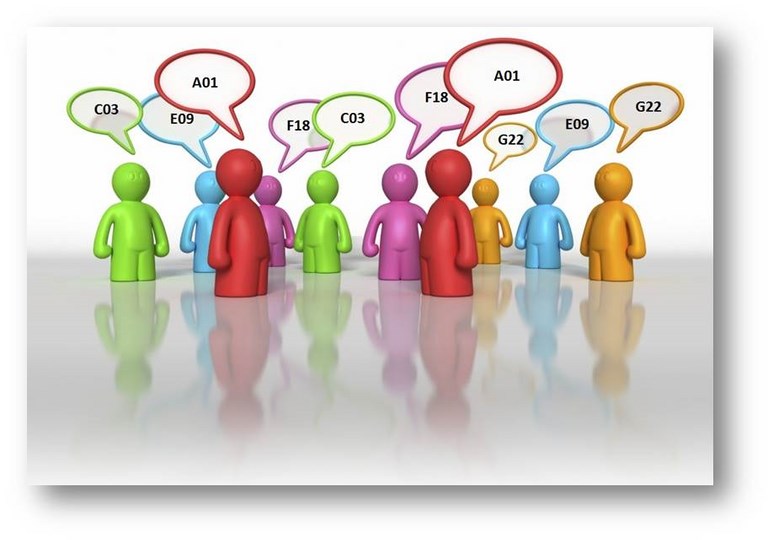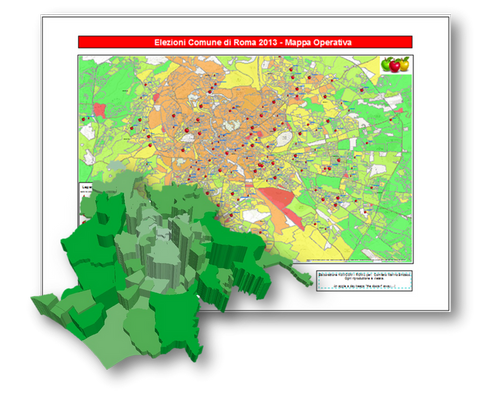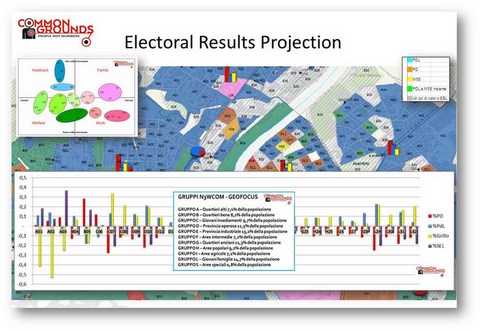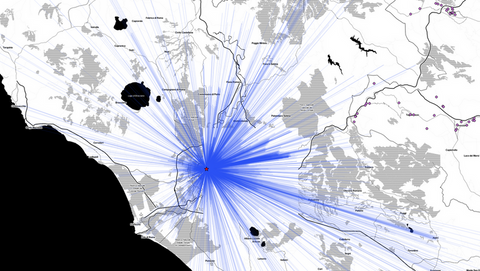Politics&Government
Managing Consent, Governing Dissent
In the political-institutional communication an important change is taking place: the progressive transition from "broad-cast" to "narrow-cast", ie from mass to personalized means. First the most important thing was the brand / symbol, now it is the Customer / Elector. First he communicated with people as an adult would talk to a child. People today want to be treated as adults, not as a passive subject and without the fullness of mental faculties. Before, communication was public, today it is private. Before what was important was consistency, now it is relevance.
It is a shift from "equal for all" communication to "right for each" communication, which treats every recipient seriously, as an adult. Now we understand that the idea of sending the message randomly hoping arrivals, does not work. The world is full of sophisticated people, who have sophisticated ways of communicating. The old idea of communicating must be overcome. And this is doubly important in political communication. Because people do not just listen to what a politician says, just because he's saying it. One does not believe what he says, if it is told in a way that is distant from everyone's experience.
Building a Relationship
Political marketing manifests a tactical approach to the relationship, limiting it to the search for consent and participation just before the electoral moment, using one or more messages (flights) for everyone.
Effective communication requires knowledge of the audience in terms of values, interests, social status.
The objective today is to compete and to support the competition it is necessary to have integrated tools for the collection and analysis of socio-demographic and more strictly electoral information.
In order to respond with effective and innovative solutions to the requirements of electoral issues, the CommonGrounds geo-analysis represents one of the most advanced technical-scientific formulas for the reading of behavioral phenomena.
Resuming a Contact with the Territory.
One of the main objectives in political communication is the use of tools and services to build an interactive action of recovering the consensus and listening and reading of the opinions of the voters.
CommonGrounds, through its Intelligence and Database systems Geofocus, (a unique system of micro-territorial), is capable of supporting the construction of complex relational systems using interactive communication tools.
In order to make the process "real time", with the same application you can collect immediately replies to a questionnaire motivational and detect new memberships or record the final drop.
Realizing an Effective Communication
The system, aimed at collecting and processing socio-demographic and electoral indicators, allows to identify the factors that affect the consensus acquisition process, at the micro-territorial level.
The geographical reference maps show
:• the location and extent of consent in the various areas within the constituencies, as well as any assessment of this distribution seen in management and strategic terms;
• the potential of the territories, both from the general point of view of the results and from the specific one of the related territorial contexts (local presence of particular hot topics detected during the sample surveys).
Geo-Analysis
The purposes: to manage the opportunities and threats linked to the territory. Thanks to the Geo-Analysis, the spatial dimension of numerous data, continuously produced by various informative sources, internal and external, is valorised. We can summarize the spatial dimension of a given with the simple word "WHERE".
"Where" is relevant information in the marketing process because geography becomes a unit or even the unit of privileged analysis of consent data with respect to a political proposition. In this perspective, the informational sequence becomes: "WHO" + "DO WHAT" + "WHERE". The first two data (who does what) are thus linked to the territory in which they are produced and transformed into relevant information in order to have an objective reading of the phenomena.
"Where" can have many meanings, different according to the decision makers:
- where do our voters reside?
- where they work? (cheap fabric)
- where are the service points located? (schools, banks, shopping centers, cinemas, theaters, gyms, swimming pools, etc.)
- where to distribute information materials through volunteers?
- where are the best places to post posters?



